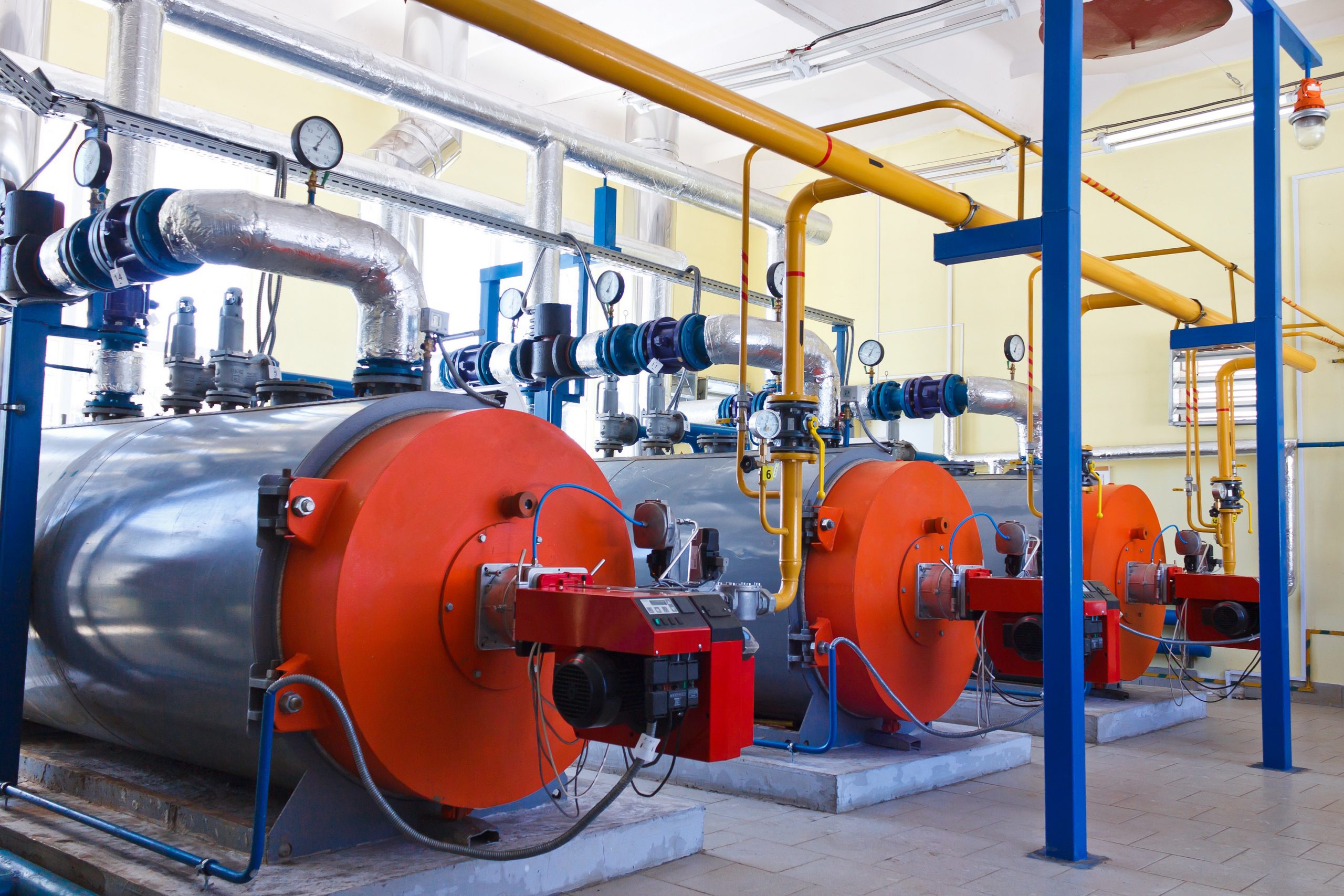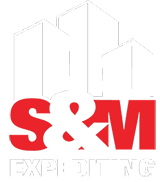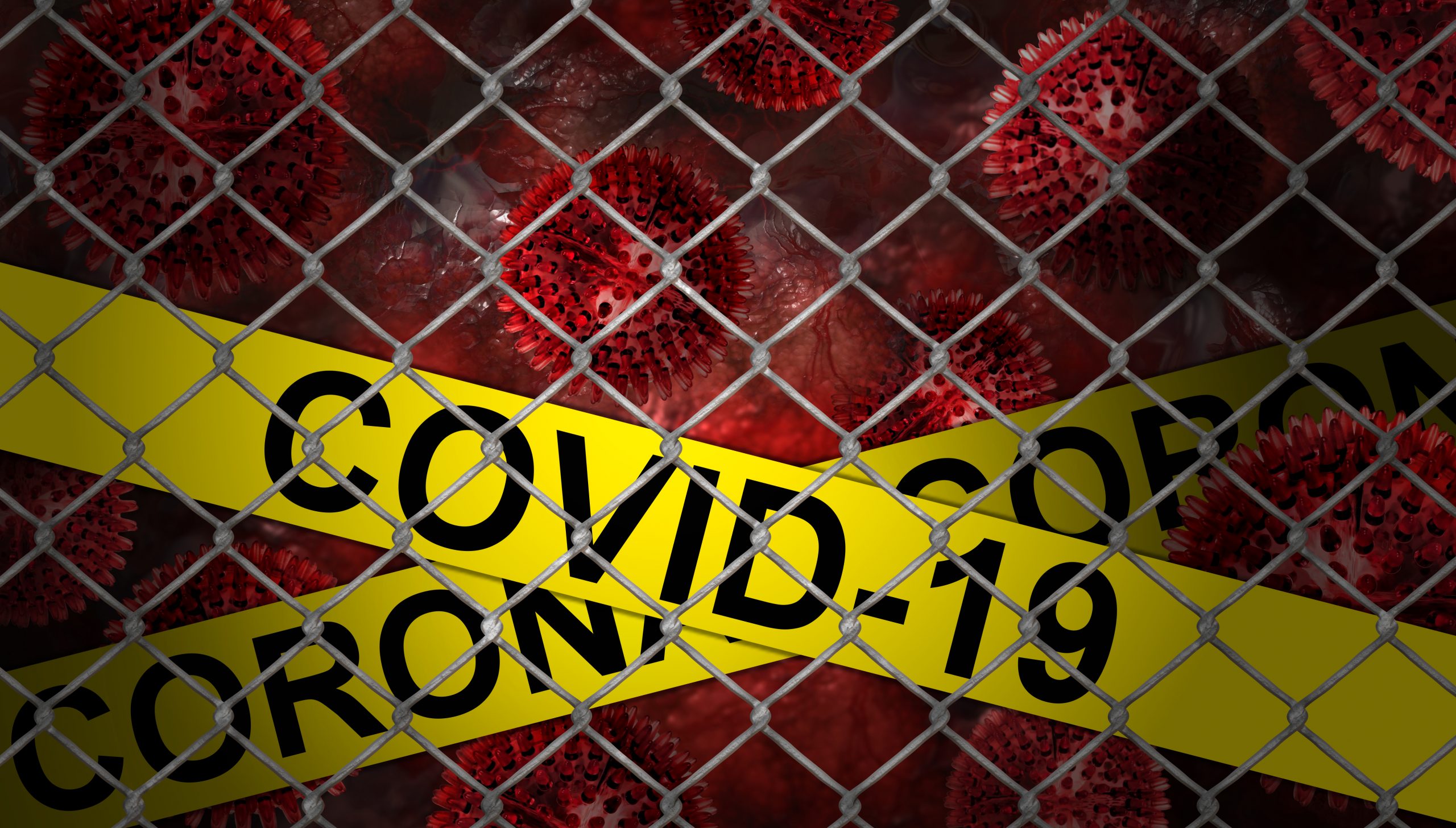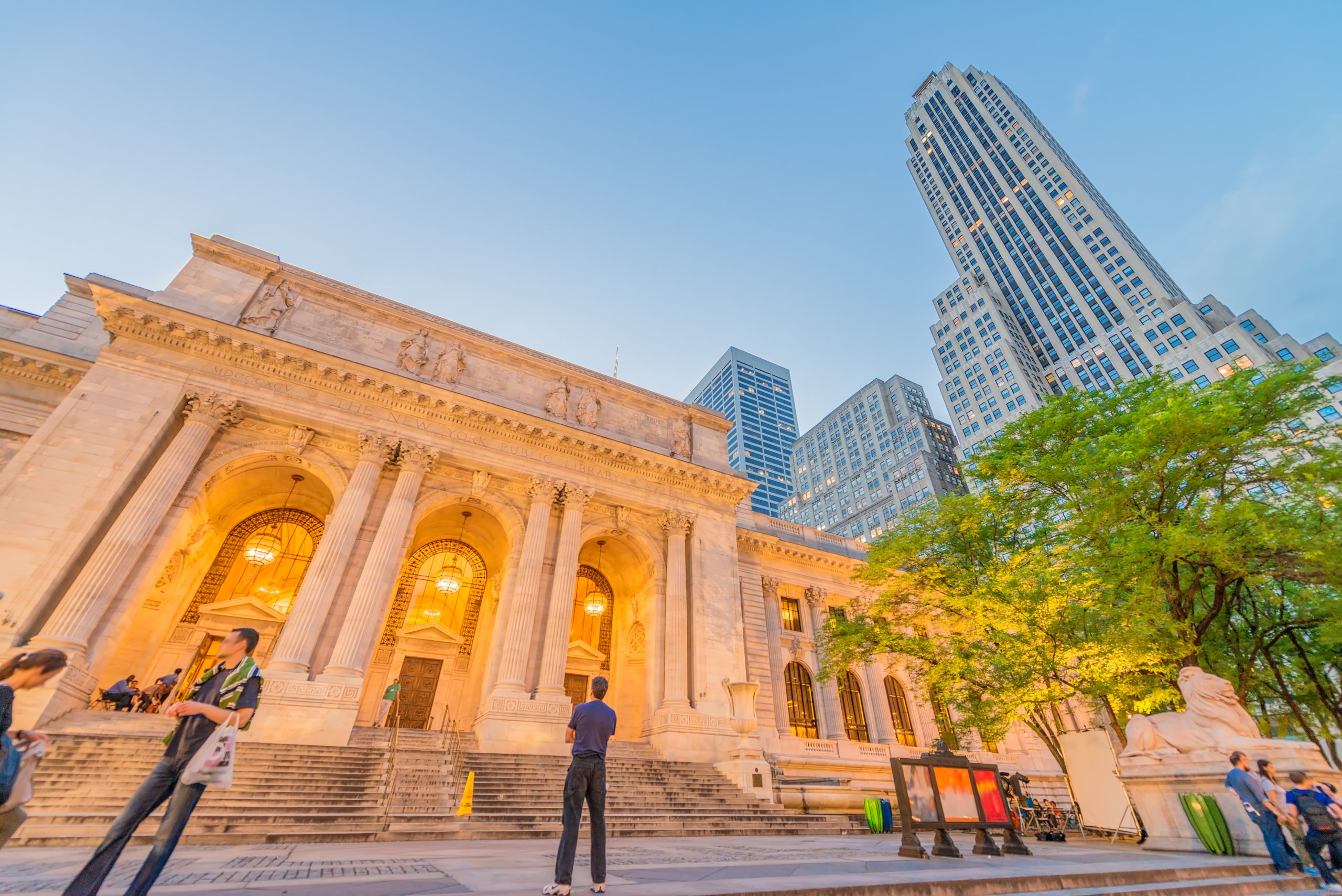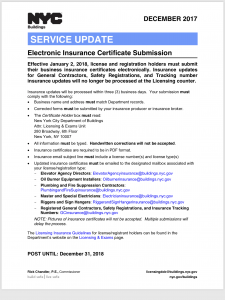Local Law 87 (LL87)
Do you know your number? It could be your year of the EER
No matter what industry you are in, there is a push for energy efficiency. It’s no different when it comes to building maintenance, even in a city as old as New York. A few months ago we mentioned how New York City is leading the nation when it comes to energy efficiency. One of the things helping this positive change is the Department of Buildings. The DOB has a long list of Local Laws, and among them is Local Law 87 of 2009 (LL87).
So let’s say you’re a building owner. What is Local Law 87 and what does it mean to you?
As part of the Greener, Greater Buildings Plan (GGBP), LL87 requires large building owners to submit an Energy Efficiency Report (EER) every ten years. Covered buildings, those that are required to comply with LL87, are those over 50,000 square feet, and single lots with two or more buildings larger than 100,000 square feet.
If you own a big building that falls within these categories, you should expect to file an EER once a decade and pay close attention to your tax block number. The year in which you have to comply with LL87 is determined by the last digit of that tax block number. For example, if the number ends in “7” you have until December 31st, 2017 (and once every ten years after that) to file the EER. If that number is “8” then it’s 2018, and so on and so forth.
Okay, so you have until December 31st to file your EER. What exactly is that?
The main components of the EER are the Data Collection Tools, and the Professional Certification forms, EERC1 and EERC2. The former is for the energy audit component, the latter for retro-commissioning. The energy audit is a survey and analysis of energy use in a building to identify ways to reduce energy consumption without compromising normal operations. Retro-commissioning is the process of ensuring that energy systems are correctly installed and functional.
The Professional Certification Forms are signed by the Registered Design Professional (RDP) or Approved Agent who conducts the energy audit and retro-commissioning, as well as by you, building’s owner. The forms require the seal of the RDP and a signed and dated statement from you including basic information and indicating owner type.
The accompanying Data Collection Tools for the EER can be done by you without the RDP. With two separate tools for the energy audit and retro-commissioning, they both contain similar fields for information on the building and the team conducting the survey, and more specific fields for each respective survey. Together all these forms complete the EER, which can then be e-filed with the Department of Buildings. Once the DOB receives the EER, an email will be sent to you with instructions on how to pay the $375 filing fee.
Now, there are exemptions when it comes to LL87. One to three family dwellings that are not condominiums, or are condos of three stories or less do not have to comply. Covered buildings may be exempt from a either the energy audit or retro-commissioning if certain criteria is met.
At this point you are probably relieved you only have to do this once every ten years. While it seems like a lot, it isn’t anything S&M Expediting can’t handle. Let’s talk about getting your EER filed or help you take action in any of these following ways.
If you are not exempt from filing an EER and are unable to meet the December 31st deadline, you can file for a deferral or extension.
A ten year deferral may be an option for you if the base building systems comply with the NYC Energy Conservation Code, and if the building is less than ten years old or has undergone a substantial rehabilitation in the ten years prior to the year the EER is due. To file for a deferral, you use the EER1 Application and file it with the DOB. If you can’t meet the deadline due to financial hardship of the building or are unable to meet it despite documented efforts, you can file an EER2 by October 1st of the due year, and every October afterward for which an extension is requested. Accompanying the EER2 is a fee of $155 for the extension.
In the event of the DOB requests you to amend a submitted EER, you will have to submit a revised EER, indicating on the EERC1 and EERC2 that the filing is an amendment. You would also be subject to an amendment fee of $145.
Rather than run the risk of needing to pay for an amendment for a misfiled EER, or even worse, face a Class 2 violation and a penalty of $3000 for the first year (or $5000 for subsequent years) for not filing at all, let S&M save you the headache and get it done for you. Reach out to us and have your EER done by expediters who understand the forms and do the hard work for you.
